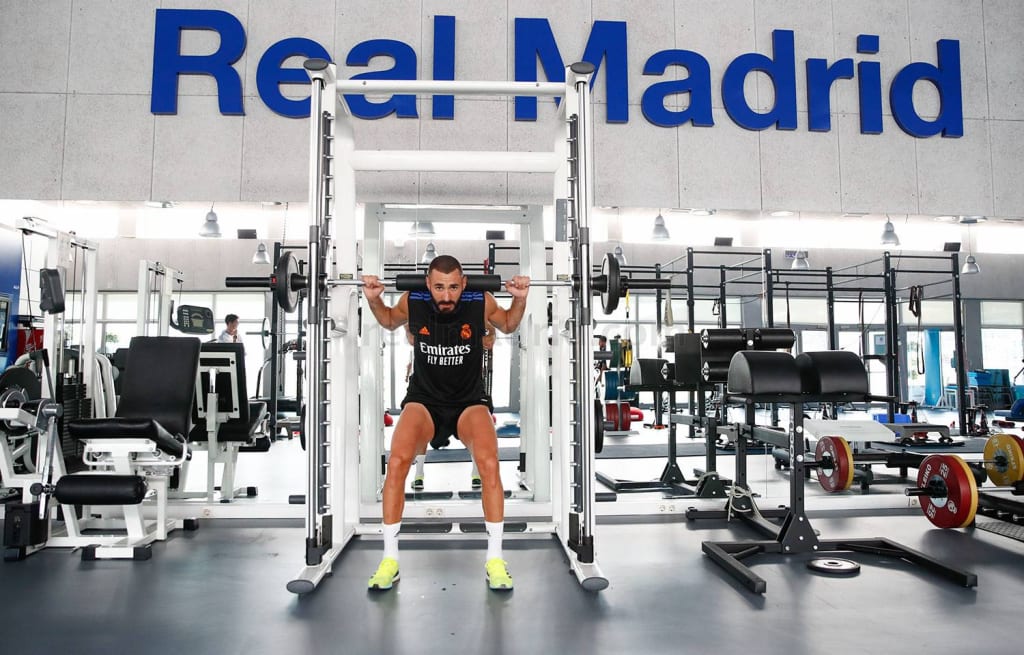Why Do We Feel Pain In Our Bodies When We Exercise
Exercise

I was having a little workout with my two little friends some days ago and one of them complained about feeling pain in his arms; I decided to encourage him to keep working out by explaining the science behind why he felt pain in that area, and I realized that he was motivated to keep working. My objective is to share with you all what taught him; I hope we have fun as we read, ENJOY.
There are many reasons why we exercise but for this text, I will focus on why we feel pain when we exercise. Per my definition, physical exercise is a routine one goes through to achieve a specific purpose; it could be working out your arms, legs, abs, etc. to achieve a specific purpose.
The question is, why do we feel pain in parts of our bodies (especially in areas we work out the most)? I will also try to explain the reason why athletes feel a brief pain in certain parts of their bodies right after some exercise, especially for short-distance runners. This subject should be thought-provoking as well.
Before I dive deeper into exercise, let me explain the basics of what happens in living cells that enable them to function well. When we say something is living, it means it has reached all the conditions (respiration, reproduction, growth, locomotion, responding to stimuli, etc.) that classify a living thing. For this brief introduction to exercise, let me talk a bit about respiration.
Respiration is the exchange of gases from the lungs to the external environment and from the external environment into the lungs; this is referred to as gaseous exchange. Inhaled air is rich in oxygen, living things take in oxygen and give out carbon dioxide. Oxygen in the lungs is taken up by the blood and transported to cells of the body from the left ventricle of the heart. Cells then carry out a form of respiration called aerobic respiration; it is the type of respiration that requires oxygen. There is also another type of respiration called anaerobic respiration; this type of respiration does not require oxygen.
I would like to first talk about what mainly causes pain in individuals who start exercising. As such individuals start working out, muscles in areas that are worked out the most begin to develop; what happens for example is, that the arms have some set of muscles: triceps at the front and biceps at the back. These muscles do not fully develop/increase in mass/separate (as their name implies) on their own unless we exercise them and add more weight. As we exercise these muscles, they begin to develop and divide; this development causes soreness in the muscles in beginners. As we keep working these muscles, they develop, and the sores heal thereby minimizing and stopping the pain.
For athletes, especially short-distance runners, this is what causes brief pain in their muscles during/right after events. I have already established that living cells require oxygen to survive; as runners (especially short-distance runners) participate in an event, they require so much speed. This means more oxygen-rich blood is needed by their muscles' cells to keep them functioning but here is the problem, less oxygen-rich blood reaches these muscles; this is one of the main reasons why athletes breathe so fast during and right after a short-distance run- they breathe fast in other to be able to supply these muscles' cells and other cells and organs with the necessary oxygen needed during the event.
What happens is, that a little less oxygen reaches these cells causing anaerobic respiration; one main byproduct of anaerobic respiration is the buildup of lactic acid in these cells. It is a lactic acid buildup in muscles that causes a brief pain. So as athletes breathe faster as they rest right after an event, the cells regain the required oxygen they need to carry on full aerobic respiration, this period is referred to as THE OXYGEN-INCURED PERIOD. During this period, lactic acid is converted to energy and the pain dies.
Conclusion: For beginners, never stop exercising if you start feeling pain in parts of your body; the initial pain we feel is an indication that our muscles are being developed. For athletes, try your very best to get more oxygen into your lungs as you perform activities that require more oxygen. Have some rest during the oxygen-incurred period (right after an event).
About the Creator
Sekou Sesay
Love






Comments
There are no comments for this story
Be the first to respond and start the conversation.